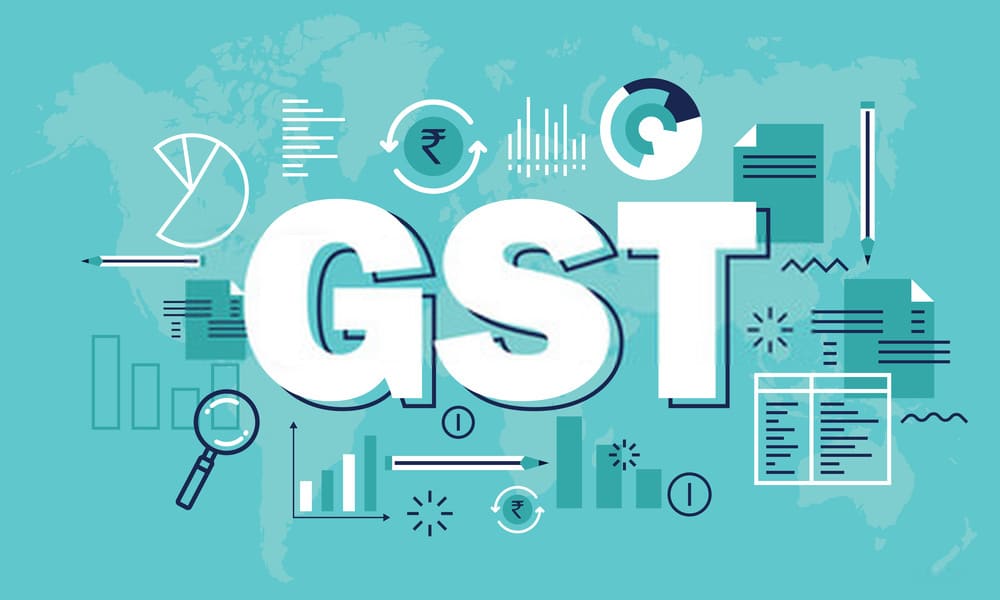Indirect Tax is one area where very few reforms have been made since a couple of decades and therefore needs to be reinforced and emphasized. This instigated a debate relating to its introduction in India, way back in union Budget of the Year 2006. End of year 2008 did see some crystallization on aspects of GST with April 2010 as its implementation deadline. With only few months at hand to ensure all constitutional and legislative changes is indeed a challenge for all stakeholders.
Why GST?
1. World over goods and services attract the same rate of Tax. That is the foundation of a GST.
2. A single rate tax throughout the country would replace multiple Central and State levies, such as VAT, Excise duty, Service Tax, , etc. GST would converge the Service Tax rate and CENVAT rate.
3. A substantial relief to industry and the consumers with a boost to employment by creating a common market.
4. A boon for India’s economy as GST would radically change India’s Indirect Taxation, enhancing economic integration of State which are disintegrated in terms of taxation policies.
5. As the whole system of Indirect Taxation has become quite complicated, cumbersome, unreasonable and overloaded, the GST would offload it.
6. The multiple taxation has made the system of collection lethargic which is doing harm to growth of economy and as Indirect taxation is directly proportional to growth of economy, GST would act as an catalyst – a push to our gentle paced economy, by increasing the volume of tax collection.
Finally – a roadmap for GST has been made with newly elected Government been assigned to vigorously pursue it. It would replace Excise Duty and Service Tax at the Centre level and VAT at the State level around the beginning of next fiscal. Before GST is introduced its draft structure would be put on the websites and interactions would be held with traders and industry to incorporate any changes in the Final Tax System.
